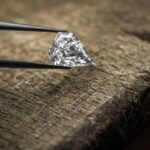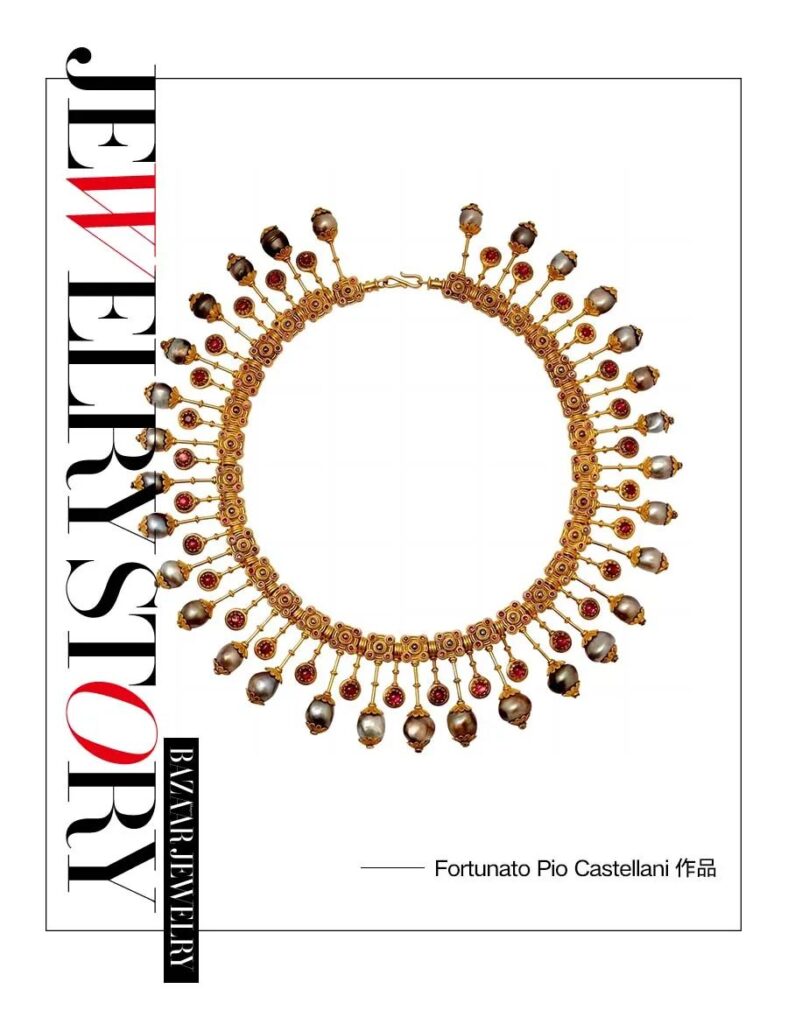
When your perception of beauty is repeatedly redefined by those breathtakingly exquisite pieces of jewelry, have you ever wondered about the force behind these marvels? This force has been continuously nourishing the evolution of jewelry throughout history, using their unique strengths to shape the most perfect jewelry world for you. Today, let’s follow Bazhu Jie to unveil this “mysterious power”!
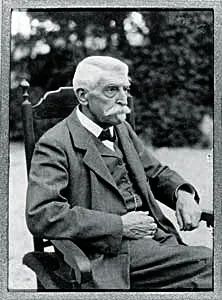
Italy, 1794-1865
With the rise of archaeological revivalism in the 19th century, Fortunato Pio Castellani, in an effort to continue the classical culture from thousands of years ago, not only read vast amounts of literature but also actively engaged in artifact trade.
He sponsored excavations, restored artifacts, and personally handled a large number of them. He brought the jewelry techniques of the classical period back to the fashion stage, reviving the metalwork of the time and creating traceable glossy and matte metal effects that profoundly influenced the European jewelry industry.
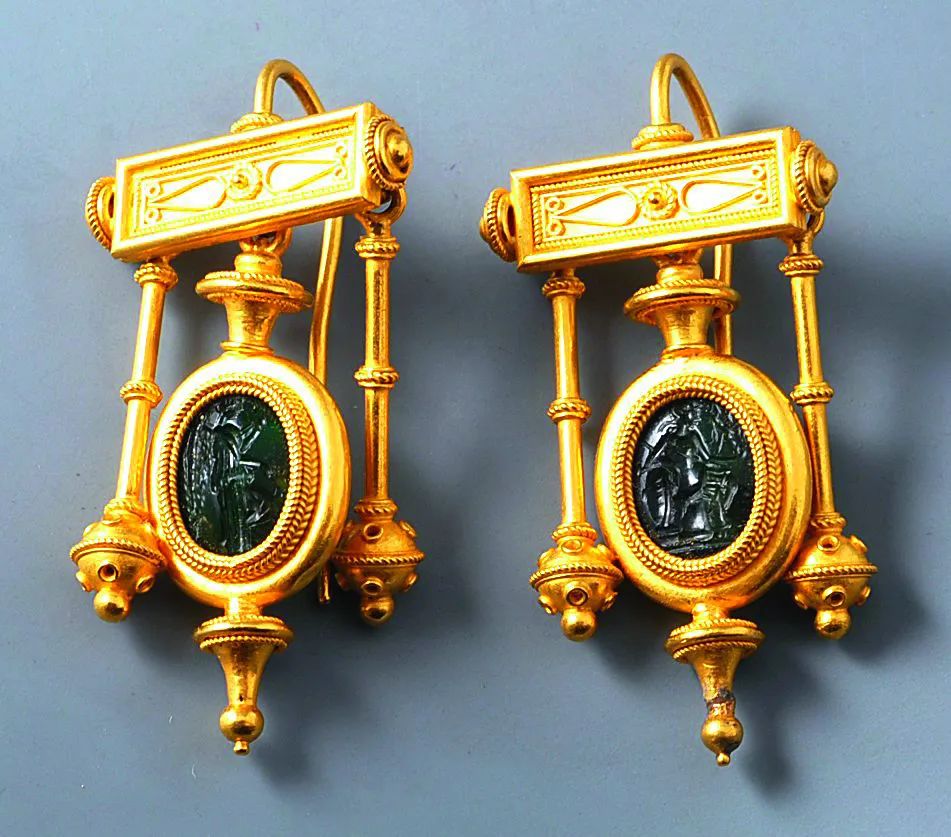
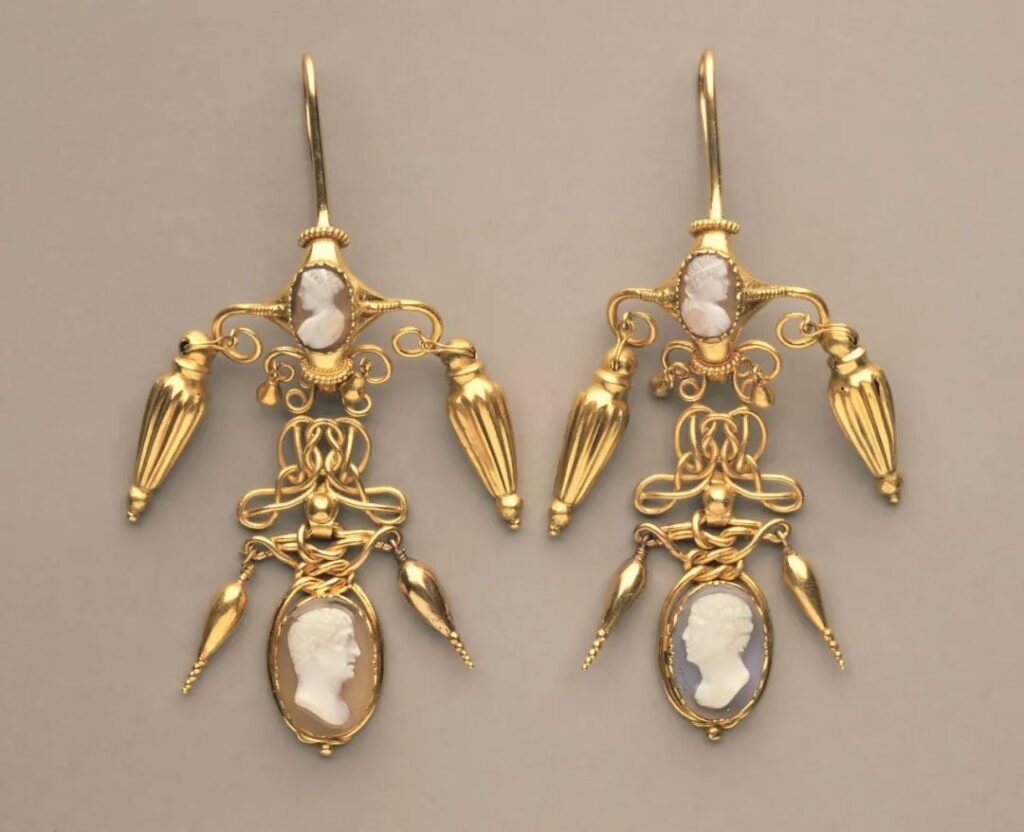
What’s even more admirable is that Fortunato Pio Castellani’s designs not only replicated the classical jewelry of those brilliant civilizations but also incorporated his own control and design.
His jewelry was more delicate than those from the classical period, integrating the most advanced manufacturing techniques of the time and setting them with colored gemstones that were popular then. Every detail was impeccably perfect.
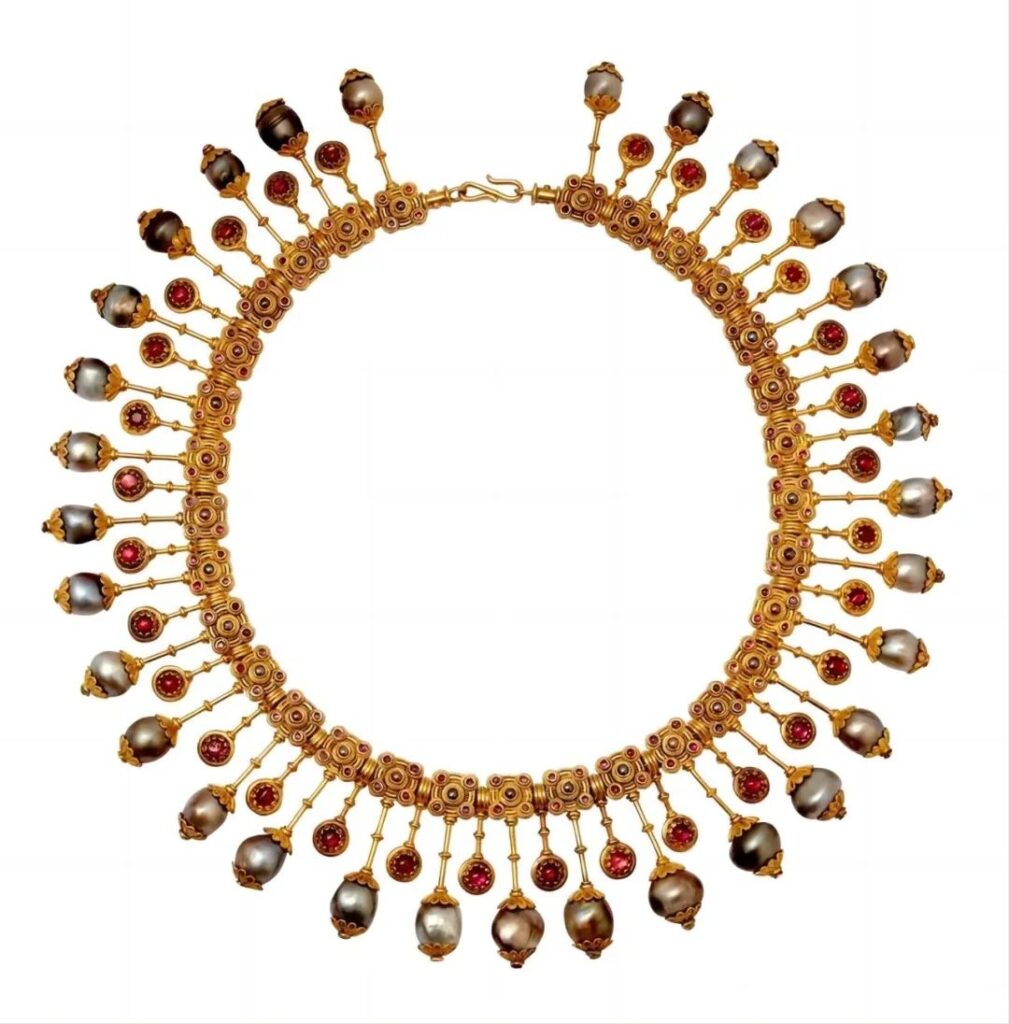
Fortunato Pio Castellani made the entire history of jewelry traceable, providing an endless source of inspiration for today’s jewelry design. It’s not an overstatement to describe him as great. In a sense, he was not just a master in the jewelry world, but a master of the entire European cultural sphere.

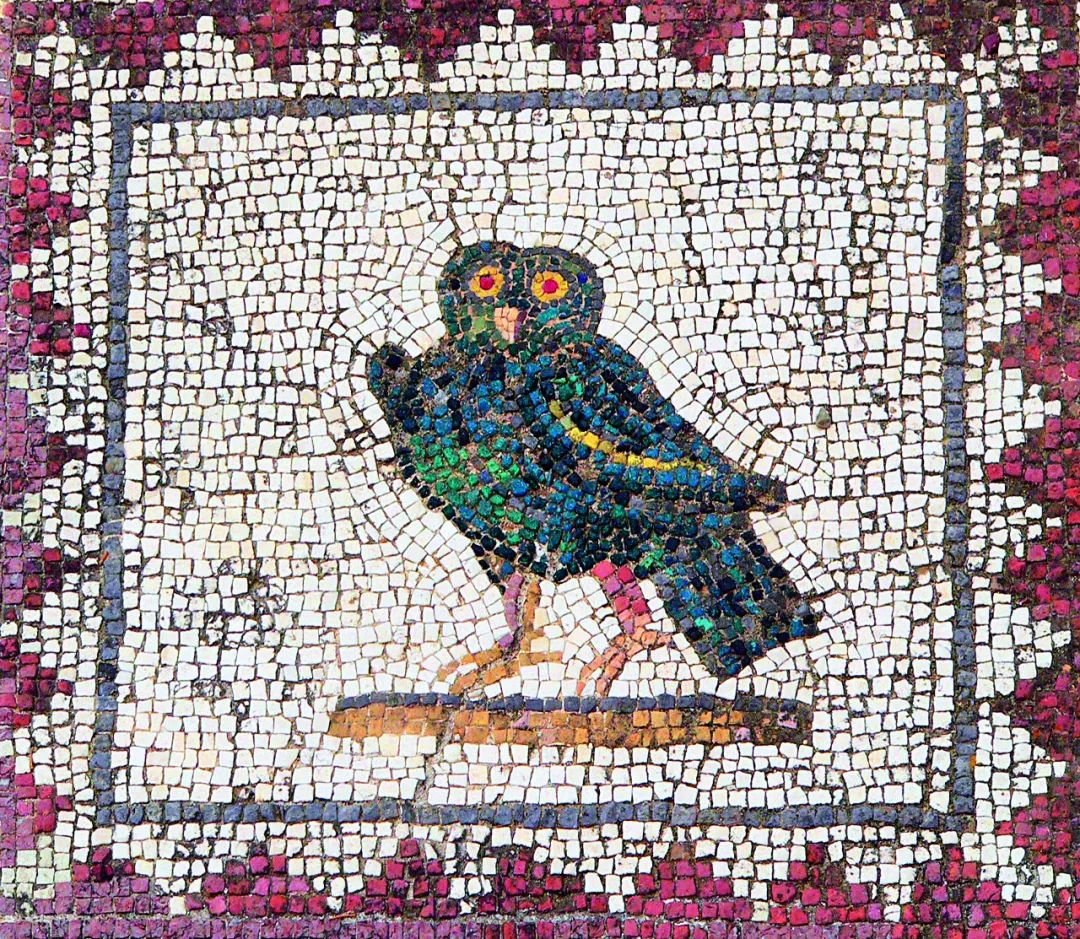
Identical to the frescoes of the ancient Roman period
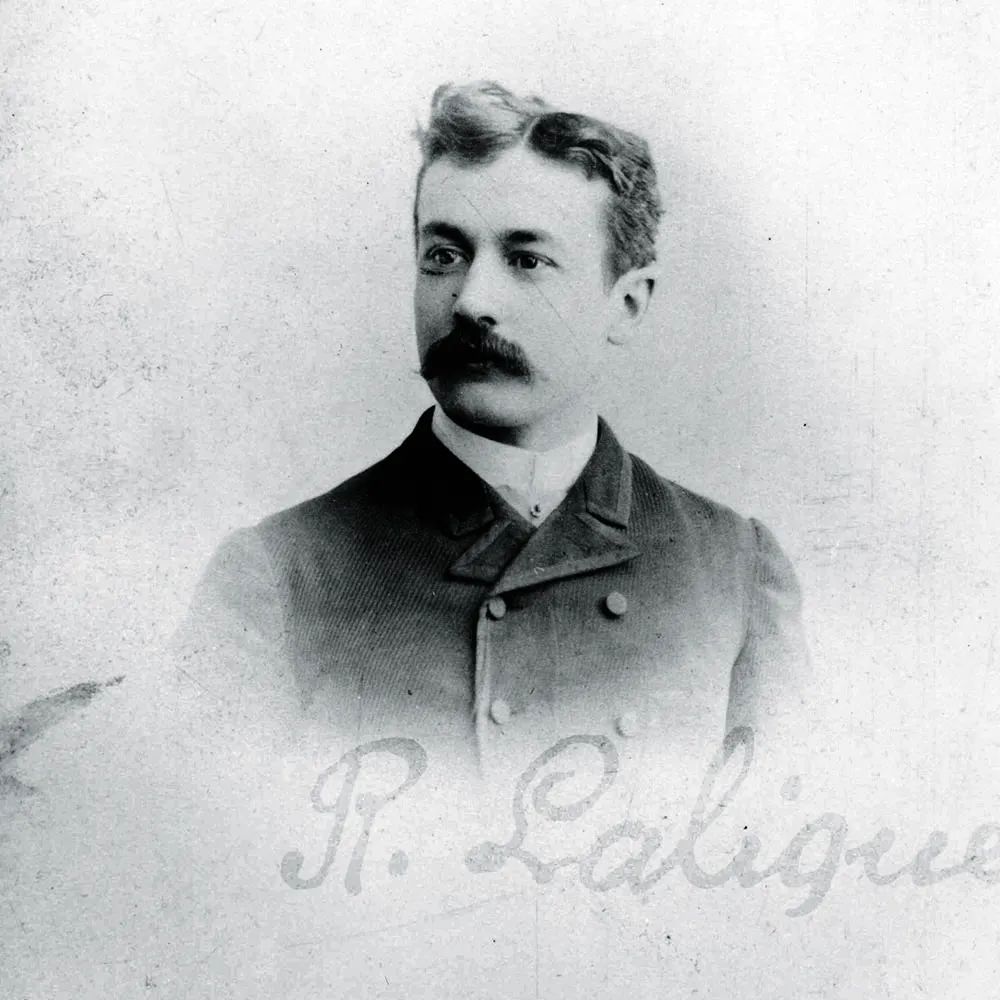
France, 1860-1945
This master possessed a talent that ordinary people did not have. He became famous before he was 30, and at the peak of his career, he resolutely changed his profession. Of course, the most important aspect was each of his incredible works of art.
When he first stepped into jewelry design, René Lalique told himself that he wanted to do more than just create beautiful jewelry; he wanted to create a new style that had never appeared in history.
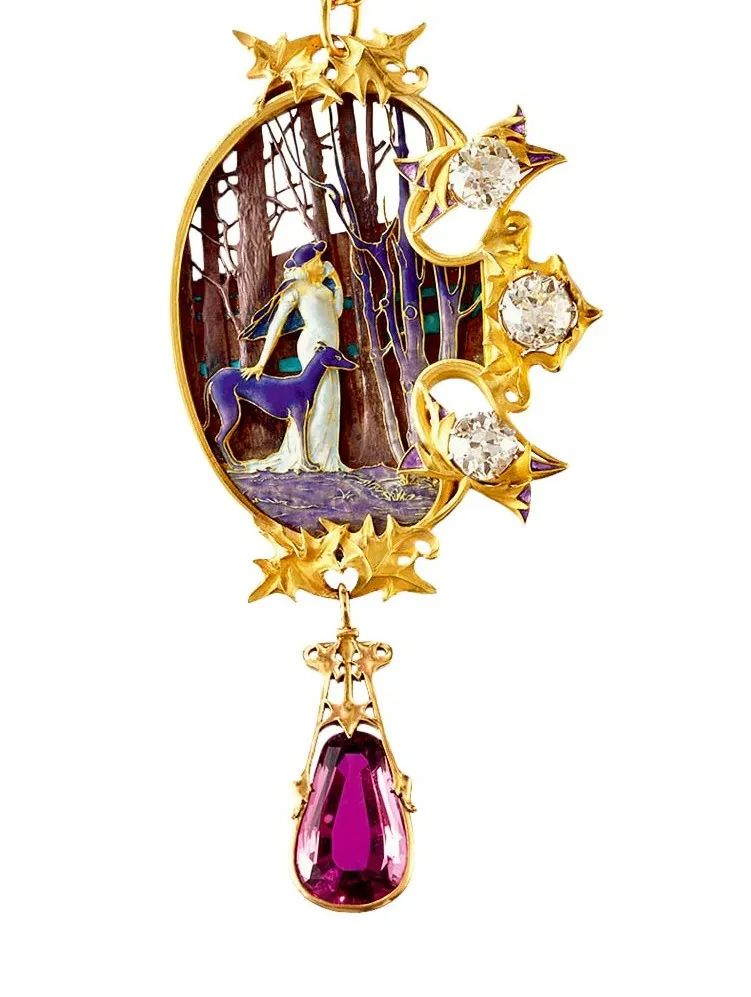
In René Lalique’s hands, any ordinary element or common material could be transformed into a work of art brimming with spirit. His boldest design was incorporating female figures into jewelry design, which was unimaginable in society at that time.
He often transformed them into beetles, dragonflies, or peacocks, or integrated them with plants, flowers, or animal forms. He would also shape female figures into mythological characters: half-human, half-beast, mysterious and full of fantastical imagination.
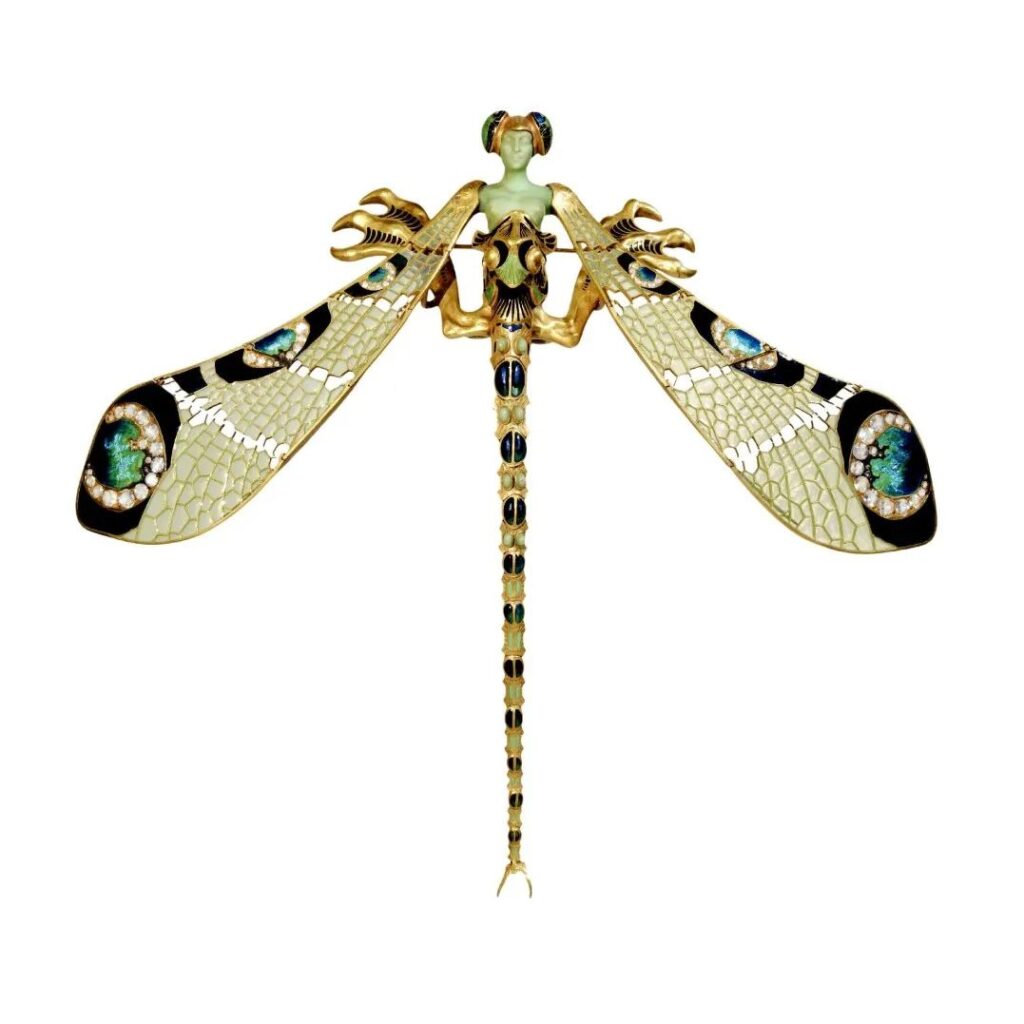

In 1885, René Lalique brought revolutionary changes to the jewelry world with his unique design and manufacturing methods. He completely broke free from the conservative mold of the Victorian era, making the artistic decorative value of jewelry surpass its material value for the first time.
So when the Art Nouveau movement reached its peak in 1900, René Lalique stood out and won the famous Légion d’Honneur award. He reached the top at the same time as Art Nouveau and was also known as the “Father of Art Nouveau”.
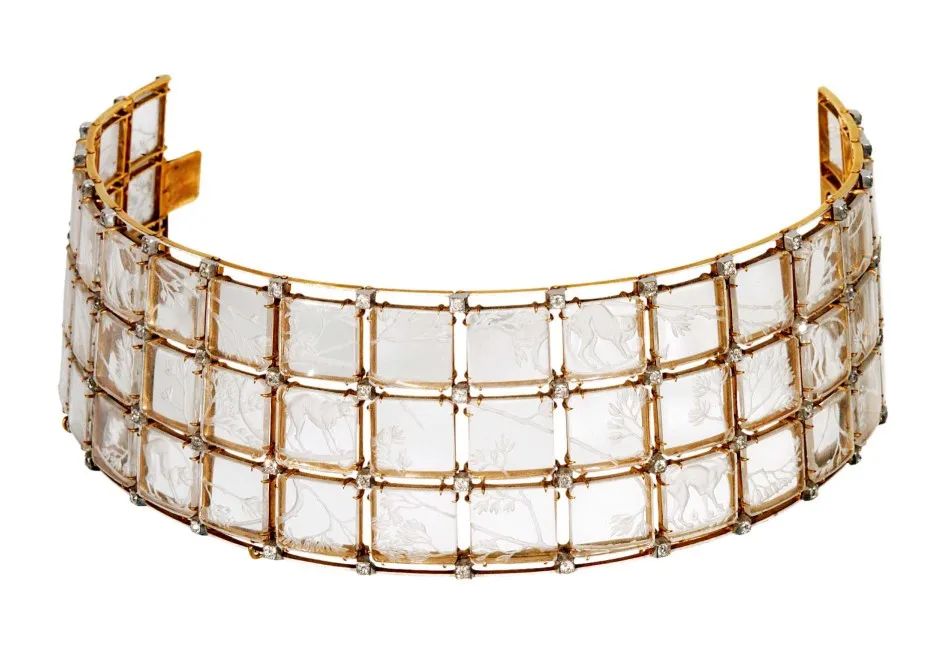
René Lalique’s late jewelry career work
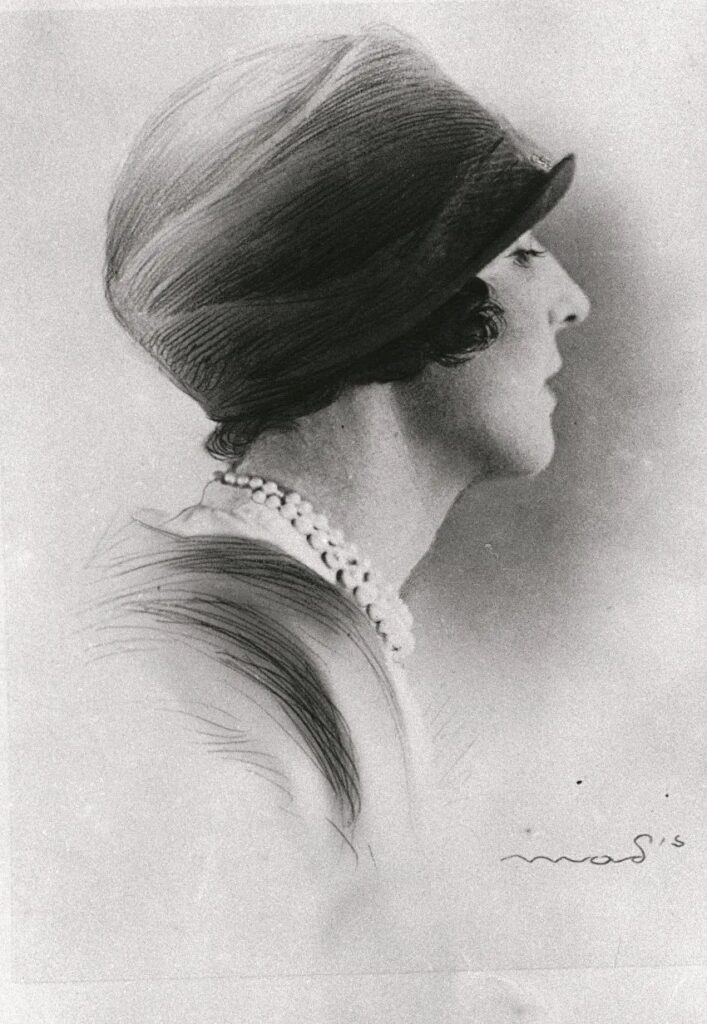
Belgium, 1887-1978
She was the first woman in the jewelry world to be on par with men. In the early 20th century, even France, which had proposed women’s liberation early on, still faced gender discrimination. Before Jeanne Toussaint, women’s relationship with jewelry seemed to be limited to buying and wearing. In people’s fixed mindset, as a woman, one could only succeed by being more excellent than the surrounding men.
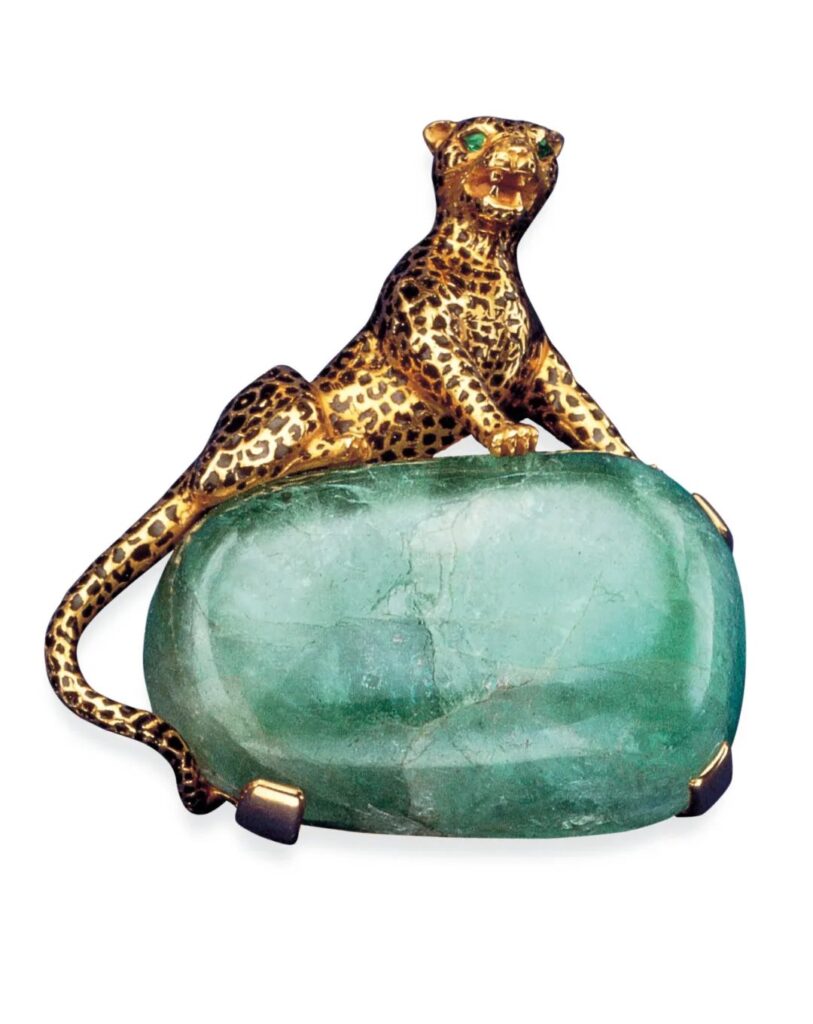
custom-made for the Duchess of Windsor
To become the first woman to lead the jewelry department of the famous jewelry brand Cartier, Jeanne Toussaint’s talent was undoubtedly exceptional.
Well-versed in the artistic atmosphere of Parisian high society, possessing an independent soul, impeccable taste, and persistence in innovation, she not only relied on her innate intuition to showcase the dazzling brilliance of top-quality diamonds, rubies, emeralds, and sapphires, but also knew how to cleverly incorporate other colored gemstones into jewelry, playing with structural contrasts.

Beyond her aesthetic foresight, Jeanne Toussaint was also technically gifted. The famous detachable jewelry was her invention, single-handedly driving the revival of gold, platinum, and colorless crystal in the field of high jewelry.
Whether abstract or figurative, her jewelry works had an extraordinary grasp of structure. She led Cartier to pioneer a whole new creative field, even rewriting Cartier’s style, launching jewelry themes that are still revered as classic designs by Cartier today!
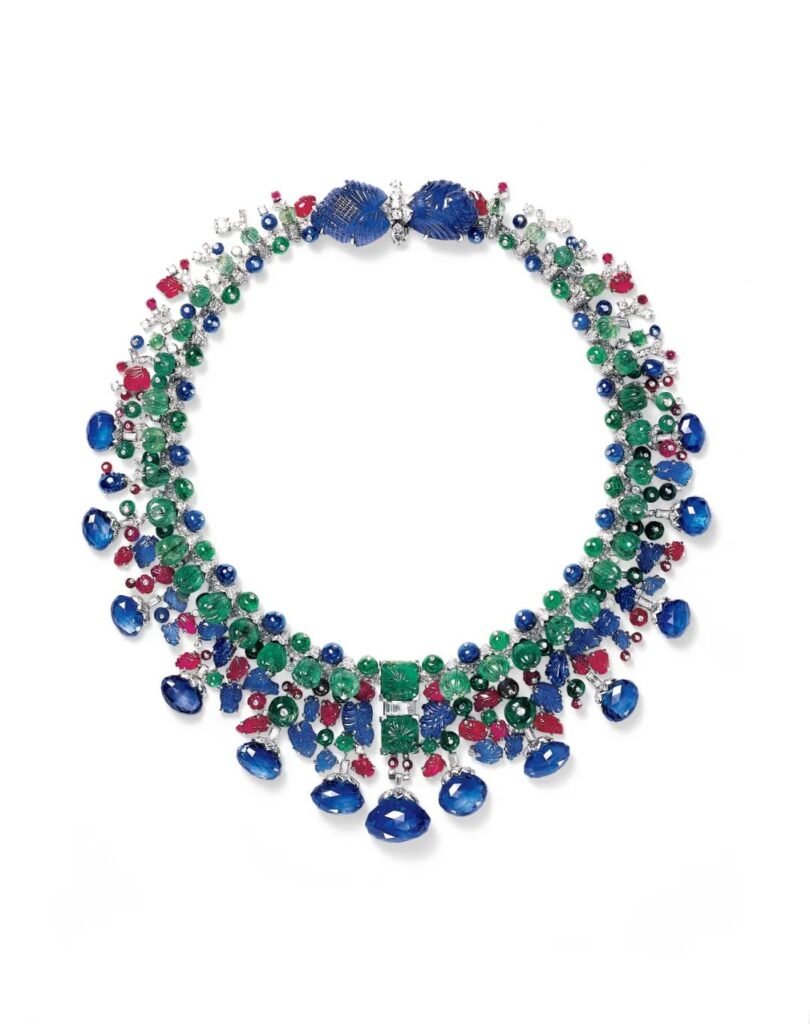
Fruit basket necklace specially commissioned for Daisy Fellowes in 1936
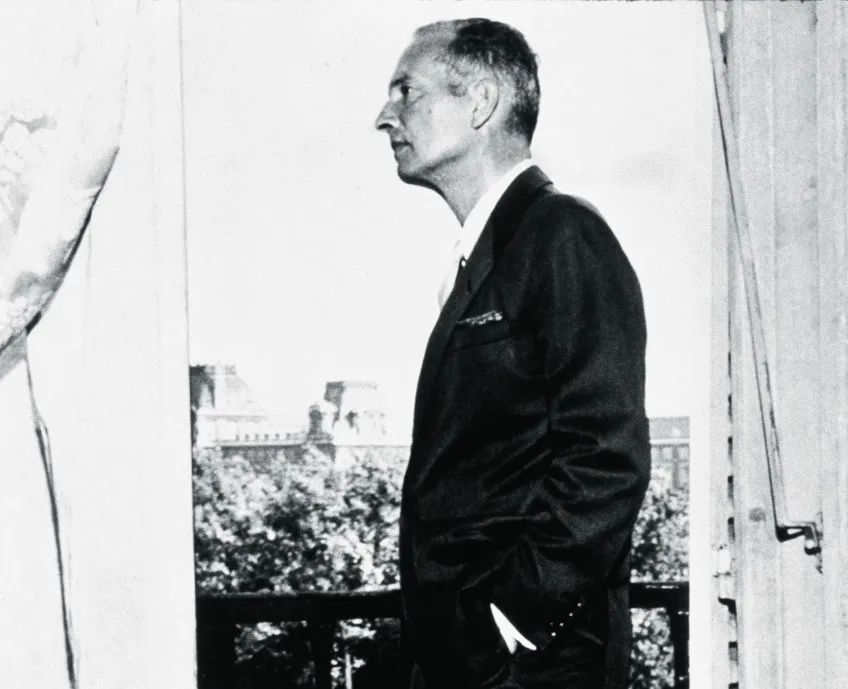
France, 1907-1987
He was Tiffany‘s lead designer for 30 years, creating countless classic designs for Tiffany, but people never overlooked his name, Jean Schlumberger. From First Lady Jacqueline Kennedy to legendary actress Elizabeth Taylor, and the fashion matriarchs of the American Harper’s BAZAAR and Vogue, all were his die-hard fans.
A saying circulates in the jewelry world: In literature, one must read Shakespeare’s plays; in the world of jewelry design, one must personally appreciate Jean Schlumberger’s works to be considered complete.
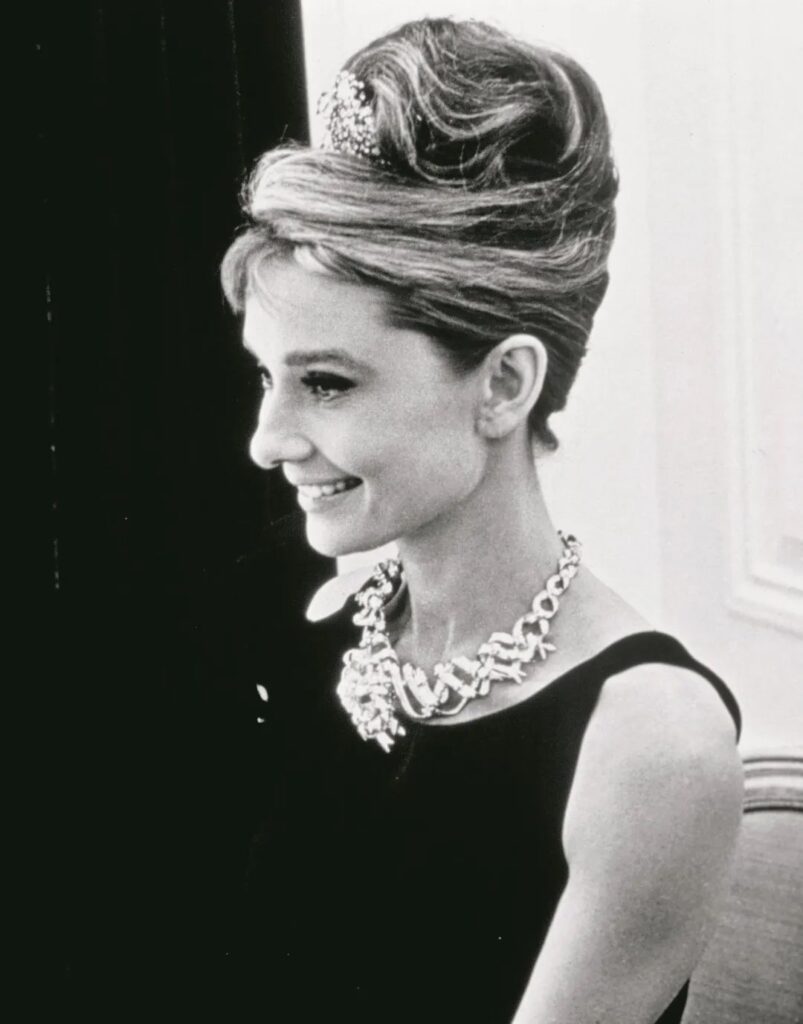
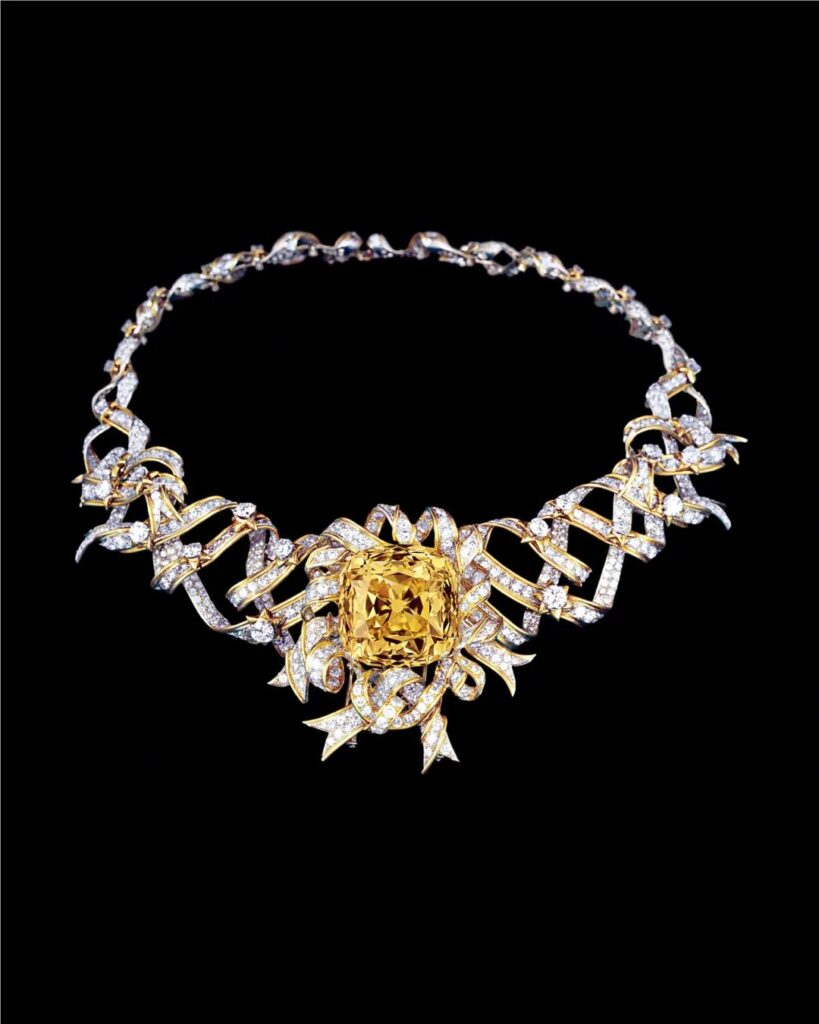
wearing the legendary Tiffany Yellow Diamond Ribbon Necklace
designed by Jean Schlumberger
In terms of mastering and skillfully applying his own style, Jean Schlumberger was unrivaled. Many designers can perfectly express their design style in unconstrained creations, but when it comes to customizing for clients or designing ordinary jewelry for wide sale, they lose their style, with some even directly refusing such tasks.
However, Jean Schlumberger was different. During his service at Tiffany, not only did he not lose his own style, but he perfectly merged it with Tiffany‘s style, creating even more captivating jewelry designs.


wearing the Fleur de Mer (Ocean Flower) brooch
designed by Jean Schlumberger
When you see Jean Schlumberger’s works, you think of both Tiffany and Jean Schlumberger. His name is not overshadowed by the brand, which only a very few can achieve. The story between Jean Schlumberger and Tiffany is more like that of good partners, with sufficient trust between them, achieving success together.
So when Tiffany acquired the 128.54-carat brand flagship – the Tiffany Yellow Diamond, they unhesitatingly entrusted Jean Schlumberger with its design. He gave this rare giant diamond the strongest design.
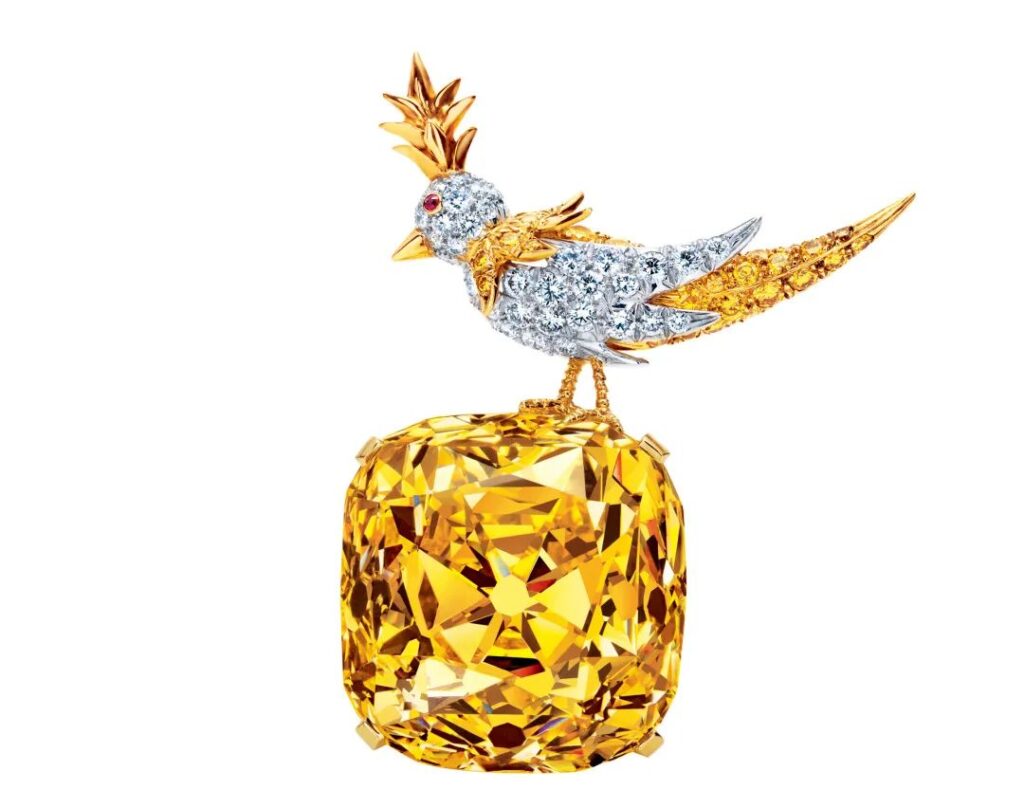
set with the legendary Tiffany Yellow Diamond
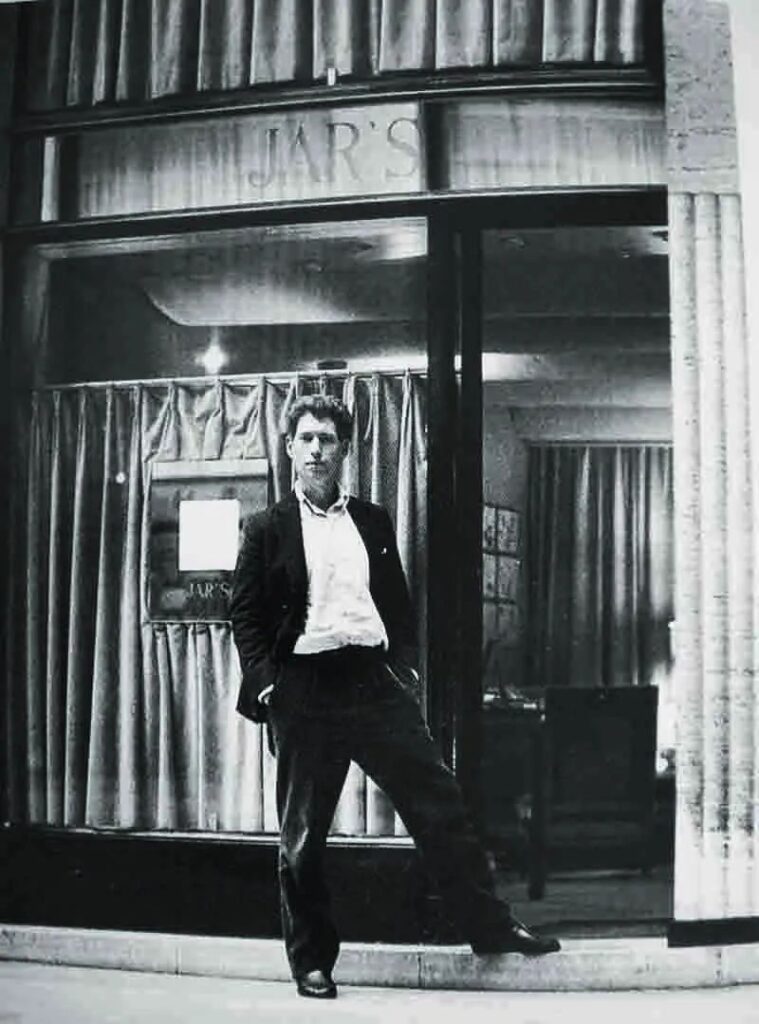
JAR excels at discovering moments in nature, those exquisitely beautiful instants that have long been overlooked by the world. Oat ears swaying in the breeze, violets under the midday sun, black reeds in an icy snowy landscape… More importantly, he can truly transform these inspirations in his mind into vibrant, lifelike jewelry in a thousand poses.
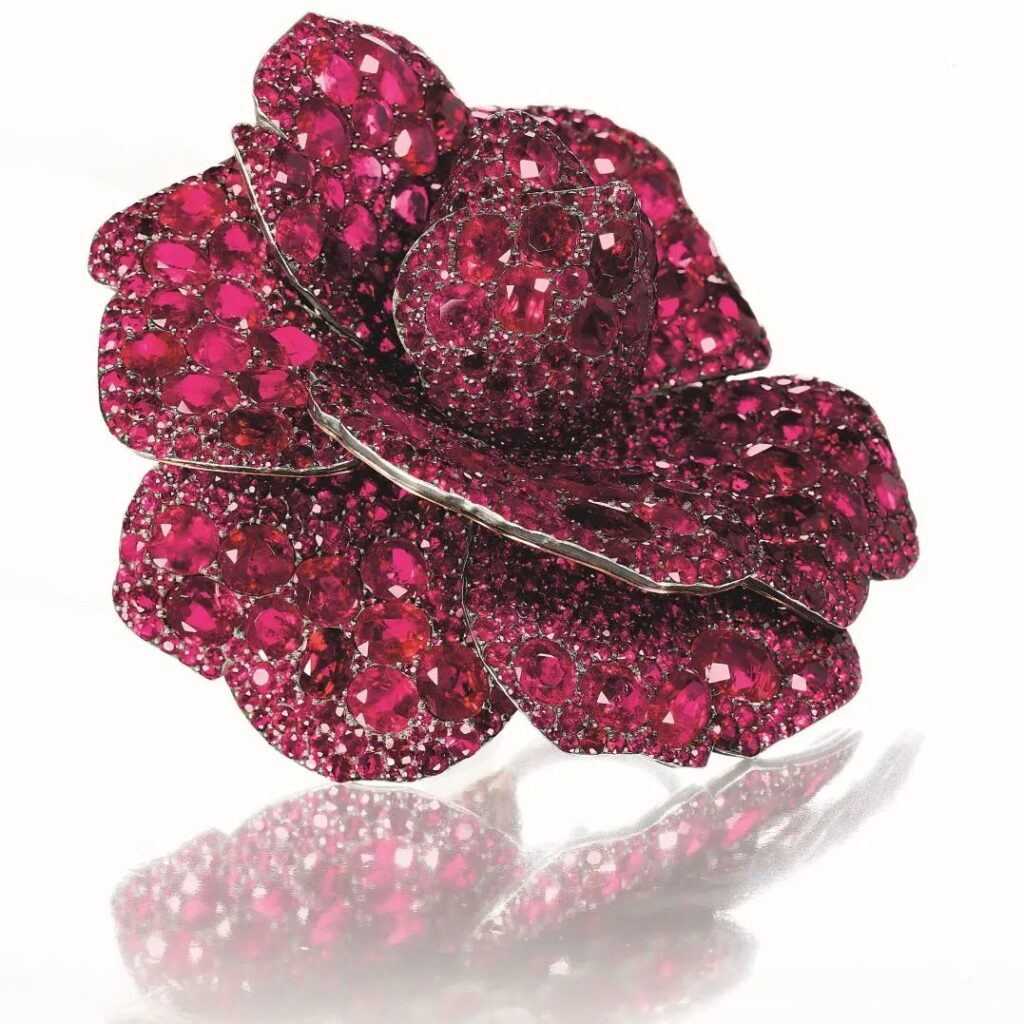
Sculptural three-dimensional dynamism and intense color combinations are JAR’s specialties. On a tulip, he might use five or six different shades of red gemstones to achieve color gradation, as delicate as brush strokes. If existing crafting techniques cannot present the form he wants, JAR becomes even more excited.
He will definitely work with craftsmen to develop new techniques to overcome bottlenecks. His invented “Tweed Setting” technique is a product of such circumstances.
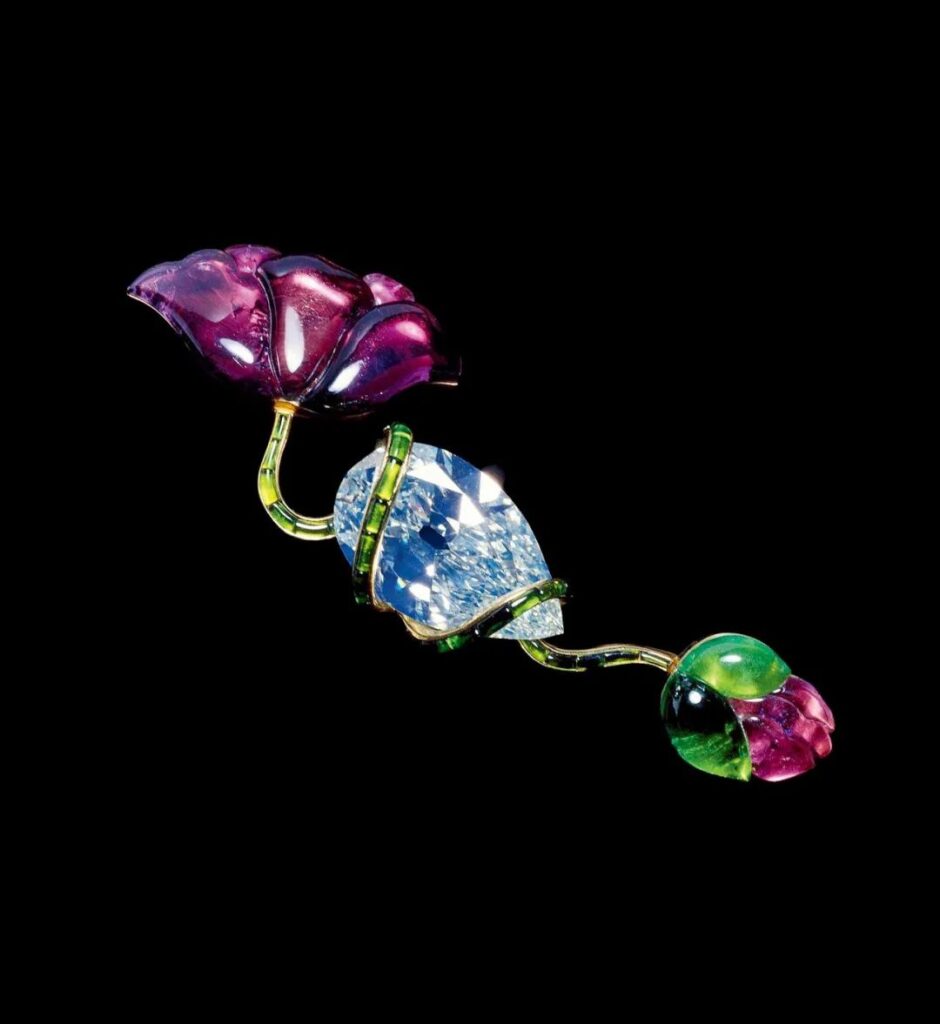
JAR’s designs are unpredictable, and his way of doing things is equally so. “I never care what others think of me.” He not only thinks this way but acts accordingly. The more others question him, the more he persists. When everyone opposes, he insists on “going his own way.” So he has always been unwilling to stand in front of the public, just quietly making stunning designs behind the scenes.
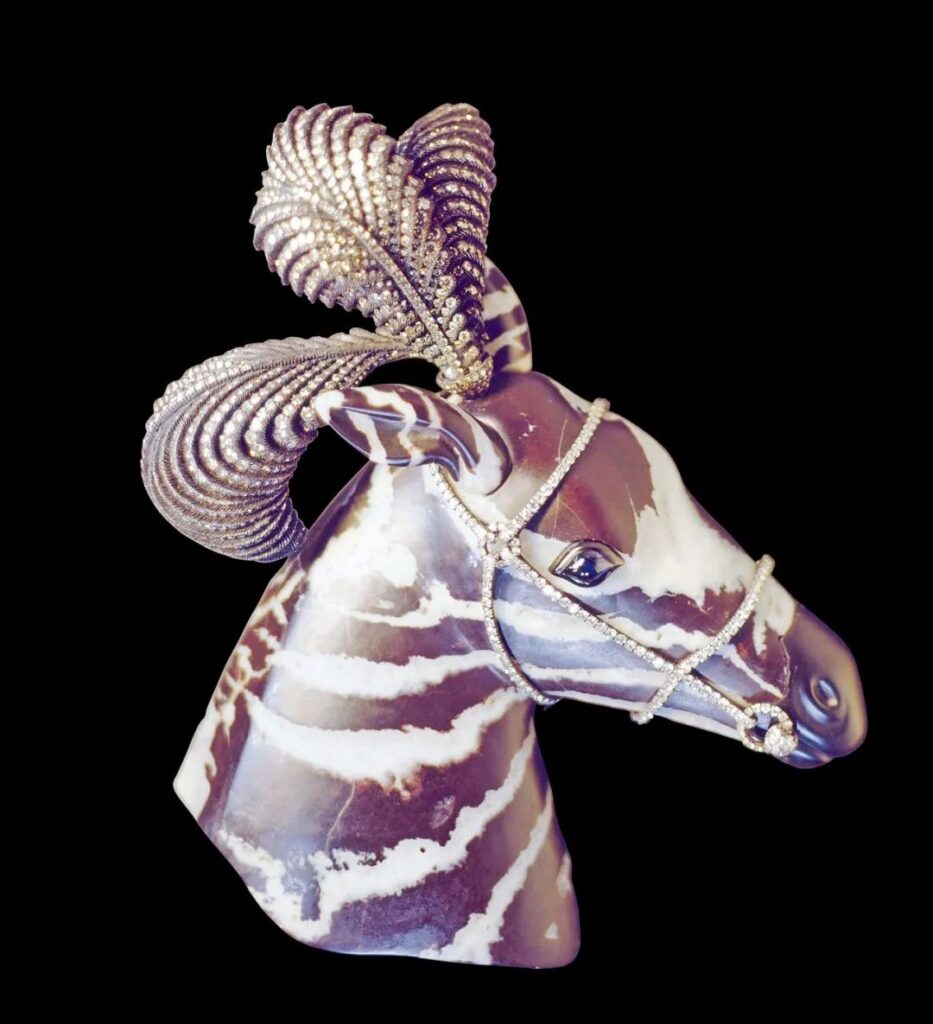
JAR’s 1987 work

China, 1956-present
Wallace Chan‘s first large-scale public appearance was at the Paris Biennale des Antiquaires, sharing the stage with prestigious jewelry brands such as Cartier and Van Cleef & Arpels. The exhibition opening stunned the world, as his jewelry with strong Chinese characteristics displayed a flamboyance uncommon in Chinese tradition, captivating viewers with its beauty.
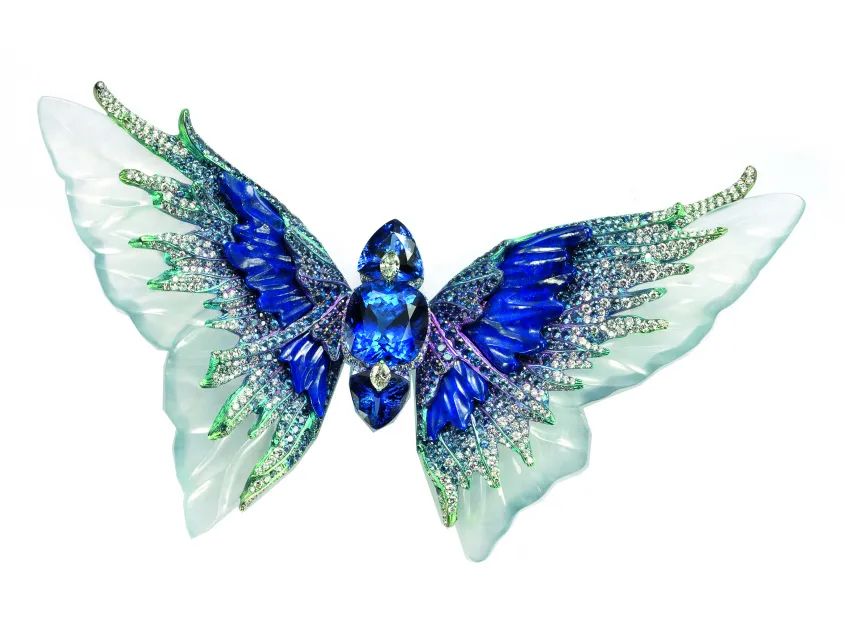
Unlike all the branded and famous jewelry works, Wallace Chan‘s craftsmanship is unique and imbued with distinctly Chinese cultural elements.
His one-of-a-kind carving techniques, unprecedented titanium craftsmanship, and the unique vision of setting gemstones on butterfly specimen wings… everything about him is awe-inspiring. Unsurprisingly, after the Biennale, Wallace Chan became a household name worldwide.
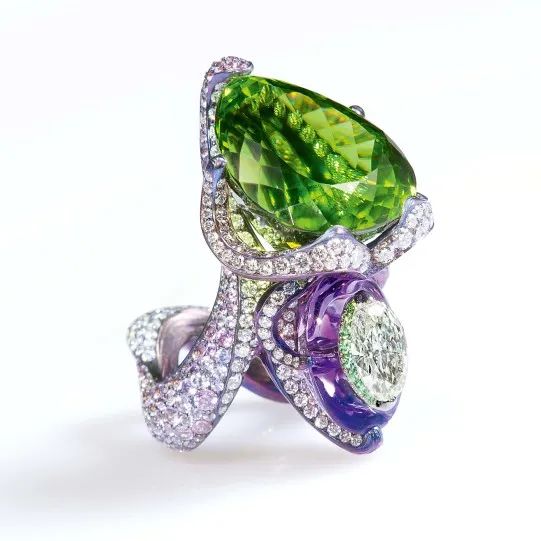
Wallace Chan was destined to influence the global jewelry world. Before his overnight fame, he had 40 years of silent persistence.
His palms are covered with horrific knife scars, a result of perfecting his skills. He began apprenticing in ivory, jade, and coral carving at 17. Despite limited formal education, he is a rare physics expert, having purposely studied physics, mechanics, metallurgy, and metal craftsmanship during his apprenticeship.
He traveled the world seeking knowledge others thought non-existent and even apprenticed in mechanical factories to find suitable production tools. He is well-versed in traditional Chinese culture, perfectly combining its pursuit of harmony between humans and nature with Western geometric aesthetics and optical principles in gemstone processing in his creations.
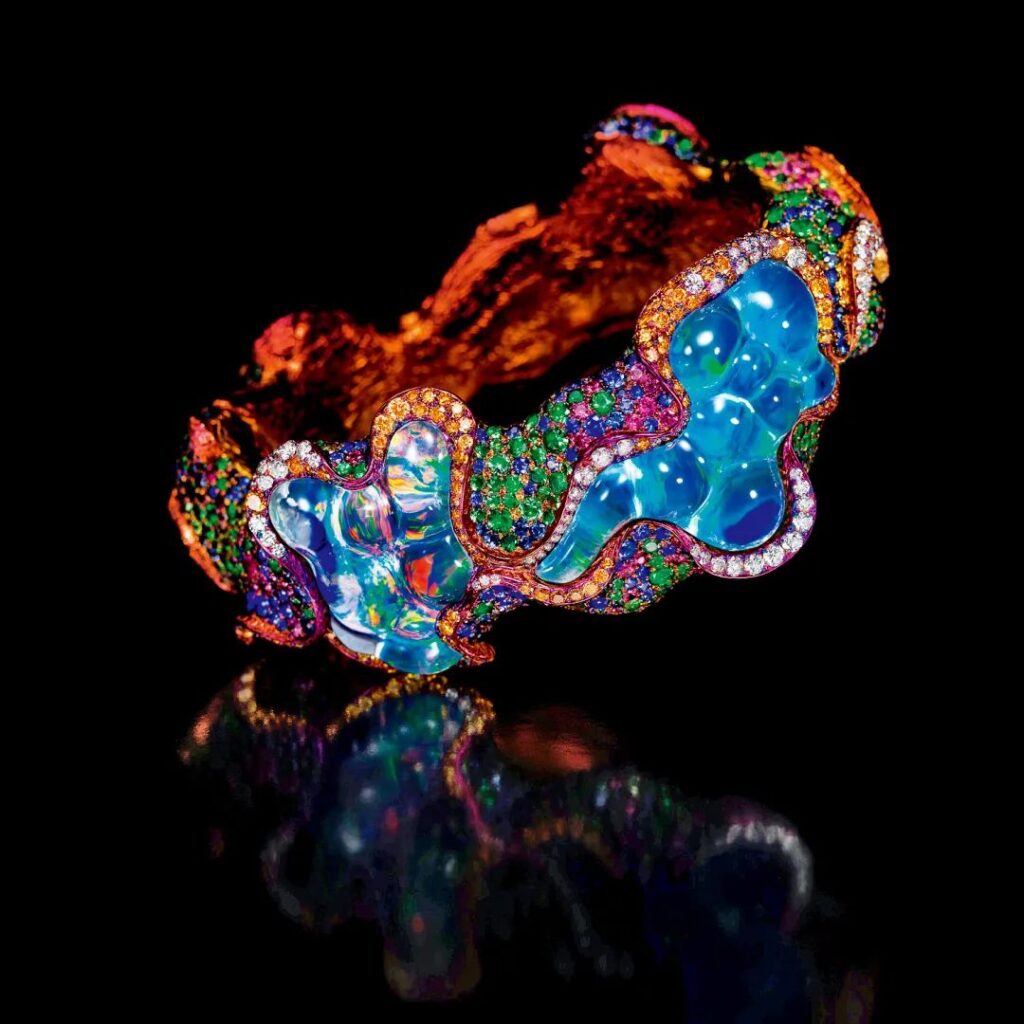
To this day, Wallace Chan still insists on personally handling the design, drawing, carving, and setting in his creations. He never makes mass-produced products; each piece is unique.
In fact, whether it’s cutting, setting, or designing, Wallace Chan has always been doing the same thing – carefully interacting with gemstones. In his eyes, each gemstone has its own character. Jewelry creation has become his spiritual practice; he has devoted his emotions, the rest of his life, and love to the art of jewelry.
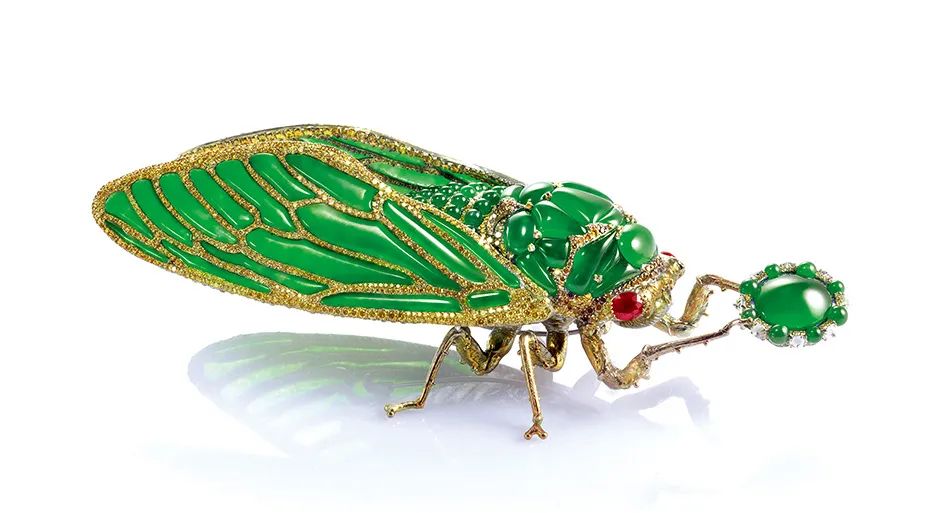
So, how do you feel? Are you greatly impressed after seeing the works of these jewelry masters? Of course, there are many more formidable masters in the jewelry world. If you have a favorite master’s work, feel free to discuss and share in the comments section!
Unveiling the Jewelry Masters: A Journey to the Pinnacle of Jewelry Artistry
Tweet
